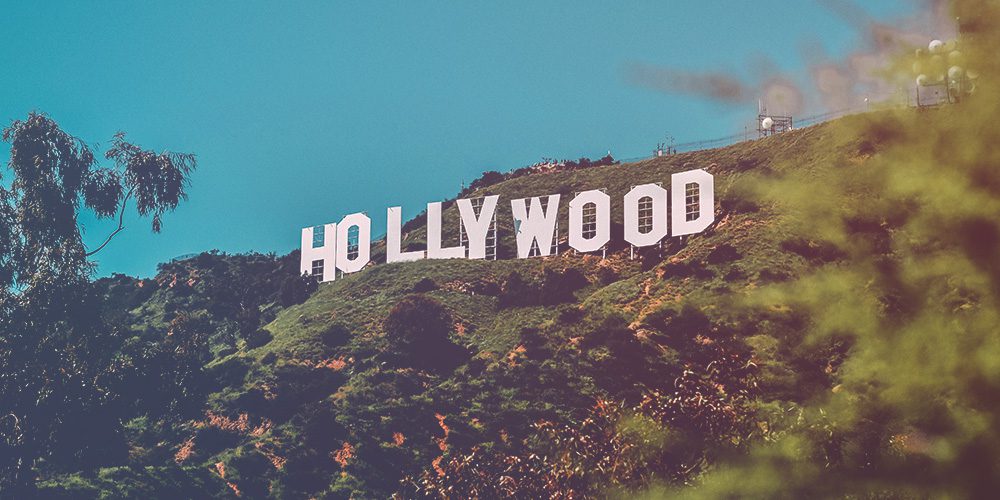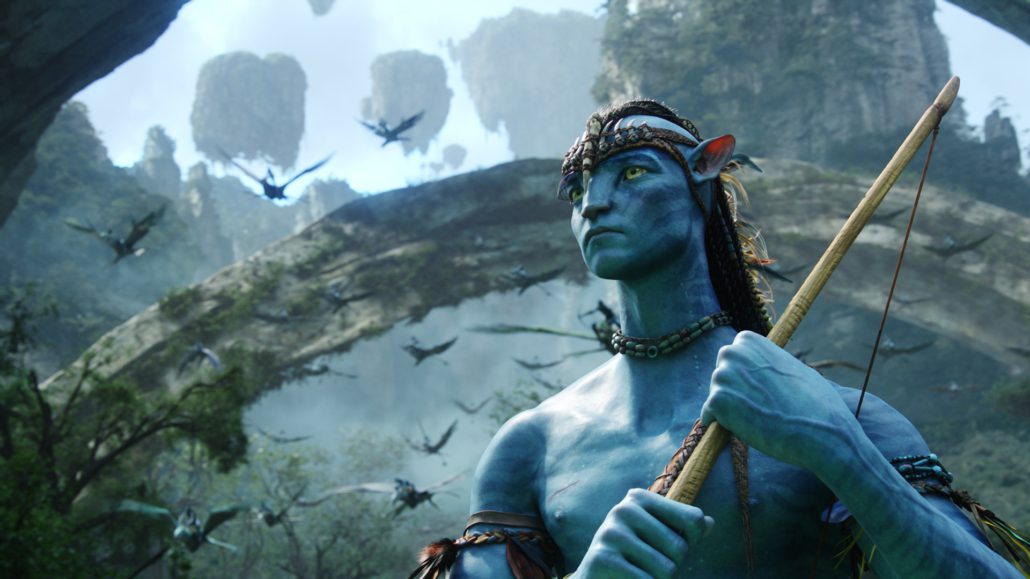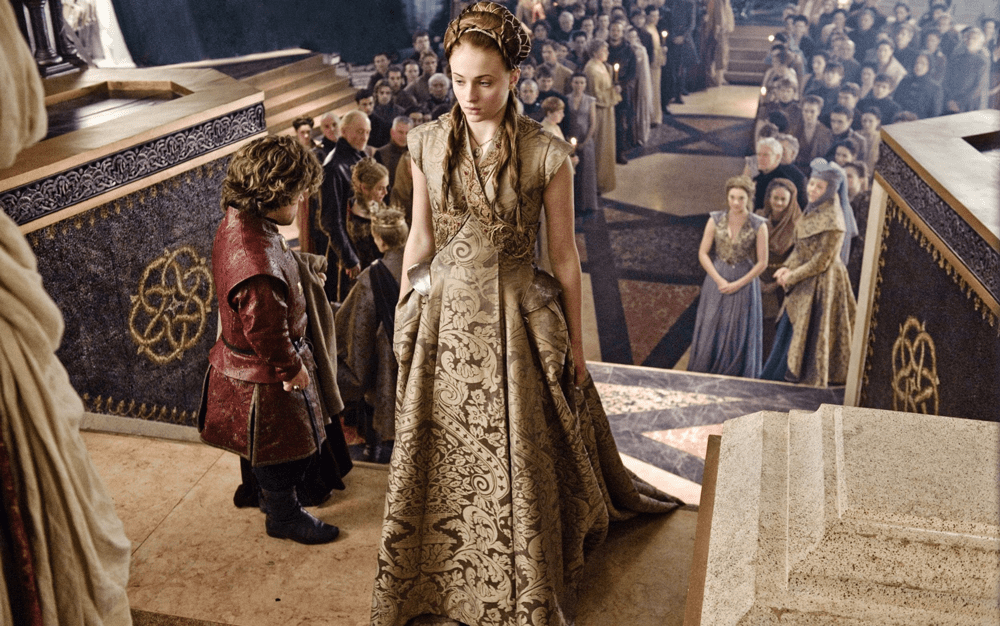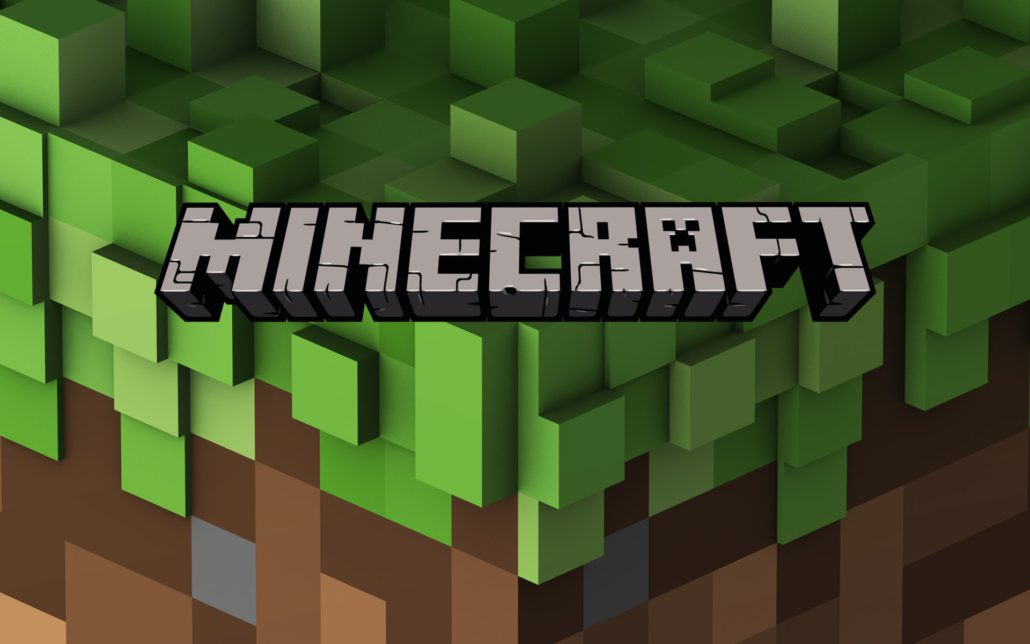Anatomy of the Entertainment Business
Your Guide to the Multifaceted Business of Entertainment

Here’s a question for you.
What top three job roles spring to mind when you hear the words ‘entertainment industry’?
Let’s take a guess at what made your final cut. Music producer? Film director? Or maybe a world-famous Hollywood actor/ress made it into the mix.
Sure, these are all popular roles. But the truth is the entertainment industry is huge, much larger than you might think.
And making a vision come to life requires many talents and skills, each one a crucial cog in a well-oiled machine.
Which is why the L.A. Film School is more than just a film school. And why, over the past 25 years, we’ve expanded to include degrees in:
- Animation
- Audio Production
- Entertainment Business
- Film
- Graphic Design
- Media Communications
- Music Production
- Writing for Film & TV.
(You can view our full program list here).
Whether you’re drawn to the stage or behind the scenes, believe us when we say, there’s a place for you in this far-reaching industry.
But how do you decide what role is right for you?
In this blog post, we’re peeling back the curtain for the big reveal: the world of entertainment and media, how it all connects and the skills it takes to make a hit Hollywood venture.
What better way to show you than shining a light on some of the most famous success stories of our time?
First up, a creation that pushed the boundaries of filmmaking technology, raising a high bar across the entire industry.
1. Avatar

Three Academy Award wins. Two-times Grammy nominated.
The highest-grossing movie in history.
James Cameron’s “Avatar”is a full-blown force of nature and a testament to the power of collaboration within the industry.
So how did James Cameron and his team create the vibrant, expansive world of Pandora? (Aside from the fact they were granted one of the largest film budgets of all time).
One word: talent. And lots of it.
Here’s just a snapshot of the roles and responsibilities that came into play:
PRE-PRODUCTION
- Screenwriting
To create the complex narrative of Avatar, a team of talented screenwriters were brought on board.They were responsible for scripting spell-binding storyarcs, clever dialogue and of course, the unique ‘Na’vi’ language (which involved the direction of an expert team of linguists).
- Character and set design
When you’re creating a culture of a believable alien world, you need designers who know their stuff.Artists (along with the help of experts in fields such as botany and anthropology) designed the creatures, environments, and characters of Pandora, both digital and physical.
- Costume design
Feathers, bones, unique stones.Head Costume Designer – Deborah L. Scott – and her team made sure each piece of clothing or accessory worn by the Na’vi had cultural significance, reflecting their skills, status, or roles within the tribe.
PRODUCTION
- Cinematography
Just one of the Academy Awards won was for Best Cinematography – and it’s no surprise.Combining the virtual world with live-action shots, Mauri Fiore, Director of Photography, used lighting, camera angles and movement (including underwater shots with a revolutionary 3D camera), to bring this vision to fruition.
- Sound design
“Clarity is King.” That’s what James Cameron believed when it came to sound for Avatar.From explosion noises and creature sounds to dramatic pauses, the sound design crew worked with thousands of individual tracks to create the auditory landscape of Pandora.
POST-PRODUCTION
- Visual effects (VFX)
To bring the world of Pandora to life, Cameron teamed up with Weta Digital (the VFX team created by Peter Jackson during filming of The Lord of the Rings).In total, Weta Digital created over 800 computer-generated characters and 1,800 visual effects shots with detailed CG settings.
- Editing
To achieve the film’s final cut, digital artists need to integrate both live-action and CGI footage.They used techniques such as 3D conversion (plus many more) to create an experience that was life-like and fully immersive.
- Music scoring
James Horner (who had previously worked with Cameron on Titanic) scored the sensational music to fit perfectly with the visuals and landscapes of the movie.He collaborated closely with ethnomusicologist Wanda Bryant to create a music culture for the alien race (with a theme song recorded by British singer Leona Lewis).
2. Games of Thrones (2011-2019)

Originally a book cult phenomenon, this iconic fantasy TV drama series created by David Benioff and D.B. Weiss took the entire world by storm.
And given the show’s large cast, complex narrative and detailed world in which it takes place… as they say, it takes a village.
PRE-PRODUCTION
- Casting
The show has many diverse characters, making casting a key player in the show’s success.And with ‘imagined’ languages such as Dothraki and Valyrian, linguist David. J Peterson was brought in to help with the adoption and delivery of these languages, adding depth and authenticity to the show.
- Location scouting
Representing the worlds of Westeros and Essos made location-finding and securing a huge part of pre-production.The filming locations of Game of Thrones ended up spanning the globe, taking place in countries such as Northern Ireland, Croatia, Iceland, Spain and Morocco.
- Prop-making
Given the medieval theme that runs through the show, many props were needed such as weaponry (the famous Valyrian steel swords, for example), armor, maps, scrolls, and dragon eggs.The list goes on.
PRODUCTION
- Direction
Across its eight seasons, several directors were involved in the show (with David Benioff and D.B. Weiss serving as the main directors for key episodes).These huge talents had the major responsibility of translating the script into action, guiding the actors’ performance and overseeing all the creative aspects of production to make sure the ambitious vision was realized.
- Special effects (SFX)
“Special effects as a department brings chaos and mayhem.” This was stated by Special Effects Supervisor, Sam Conway.Handling effects such as gas, water, wind, smoke, pyrotechnics, engineering, and blood – we’re sure was the holy grail for any special effects technician working on Game of Thrones
- Stunt coordinating
The series saw complex stunt work at play: fight sequences, horse-back riding, and large-scale battle scenes.The stunt coordinator’s job was to oversee the planning and execution of these things, ensuring the safety of cast and crew. No easy feat. Especially when working with a range of animals such as squirrels, ravens and arctic wolves.
POST-PRODUCTION
- Visual effects (VFX)
Remember when Rhaegal first breathes fire, or The Night King directs his intense gaze?Add into the mix dragons, giants riding mammoths, and battling armies – the VFX team had to use CGI to create these fantastical scenes. But they also had to make sure they connected with the emotion of every viewer, to create the all-important spine-shiver, jaw-drop and happy tear moments.
- Sound editing
From the clash of swords to the roar of dragons, Sound Editors were responsible for selecting, editing, and mixing all sound elements of the series, ensuring the audio quality was top-standard and perfectly complemented the visuals. - Social media marketing
The Games of Thrones TV series arrived at the end of the ‘Golden Age of TV’, and the dawn of the social media age – airing just six months after Instagram hit the App Store.Social media marketing became a vital platform in starting conversations and spreading the word, which is maybe why Game of Thrones holds the accolade of being the most covered show on television.
3. Minecraft (2011)

What once started as a solo project, evolved into a global phenomenon with a huge network of loyal gamers across the globe.
Developed by Mojang Studios, Minecraft stands as a landmark in the video game industry, renowned for its open-world design, sandbox gameplay, and blocky, pixelated graphics.
PRE-PRODUCTION
- Game design
Game designers have the role of dreaming up and tweaking Minecraft’s gameplay, from the cool new items users can craft to the sneaky skeletons that pop up in the dark.They’re all about making sure there’s always something new and fun to explore.
- Programming
Programmers behind the curtain make sure they are constantly expanding and refining the game’s codebase, diving into the code and ensuring the game runs as smoothly as possible. Not a glitch in sight. - Game art
Even in a world made of blocks, visuals matter.The artists at Minecraft keep things fresh, playing with new textures and skins, making sure gamer adventures always have that signature “block-y” charm, whether they’re building a castle or running from creepers.
PRODUCTION
- Project management
The project managers make sure they keep the whole team on track.
Juggling schedules, team communication and making sure everyone’s moving forward together. - Music composition
German musician, C418 (Daniel Rosenfeld) notably contributed to the game’s iconic soundtrack, enhancing the game’s atmosphere. Meanwhile, Sound Designers created the sound effects for things such as breaking of blocks to various different mob sounds.
POST-PRODUCTION
- Community management
Engaging with the game’s massive player base is an important job.Community managers are out there chatting with other players, gathering feedback and keeping us all in the loop on what’s new and exciting in the game.
- Content creation
These creative minds keep the game growing, cooking up the latest updates that bring in new blocks, mobs and mysteries to solve. They’re why Minecraft never gets old.
The entertainment industry: Vibrant, varied and vastly interconnected.
You know what they say: it takes a village.
And these roles are just a tiny snapshot of what’s needed to bring a vision to life.
But remember, in the entertainment and media industries, every role is a starring one.
Just take a peek at our alumni and their success stories.
See you next time.
Love,
The L.A. Film School.
